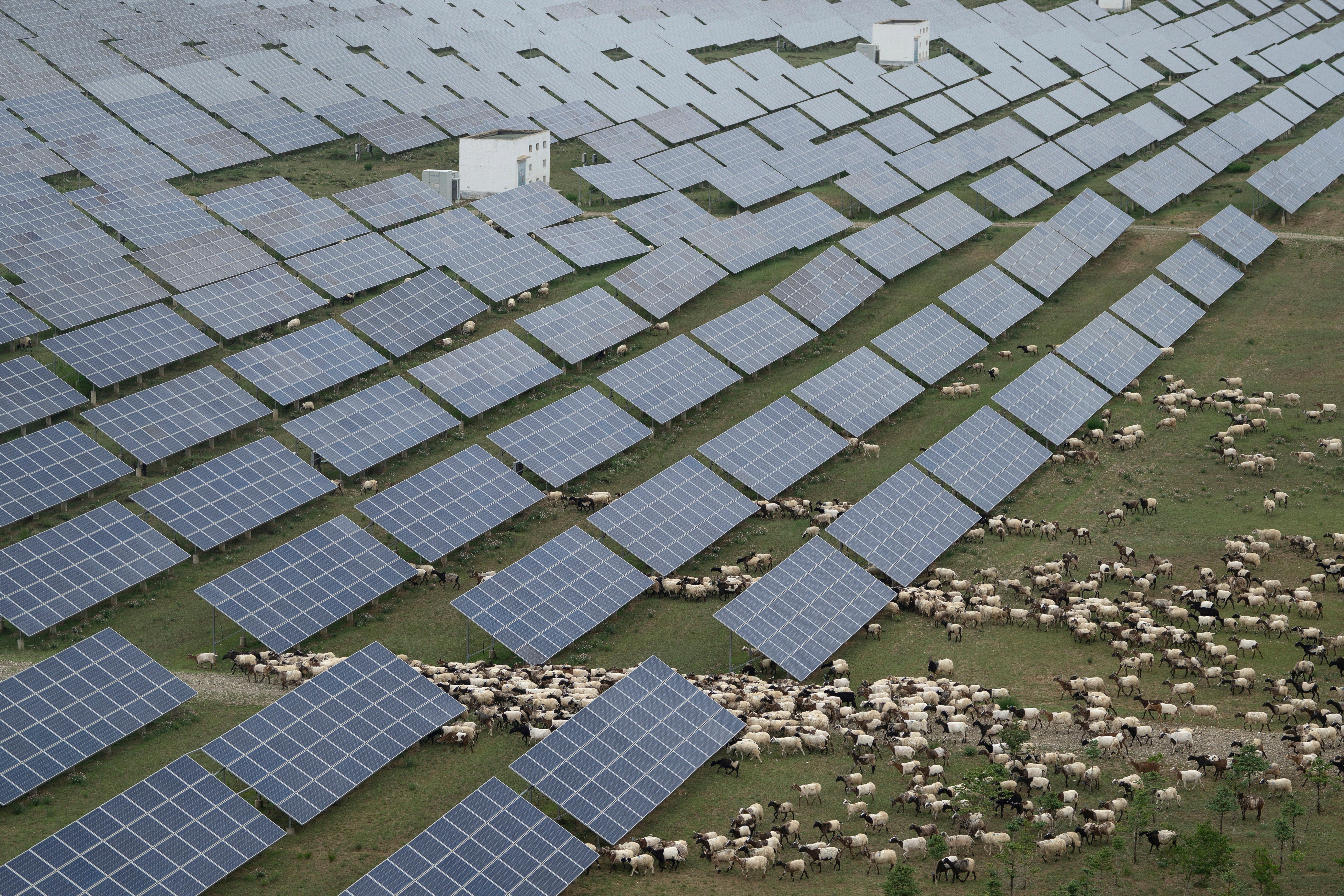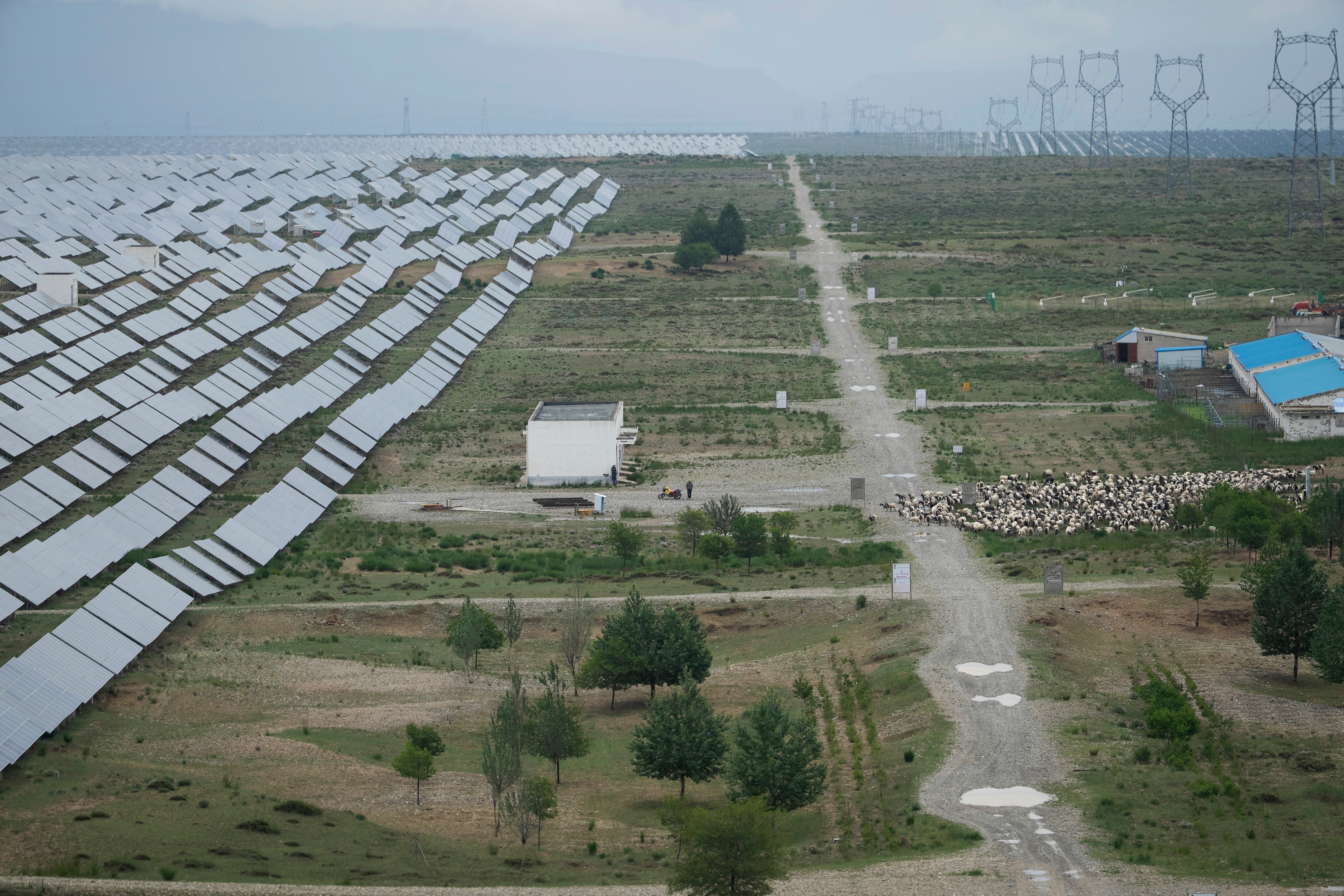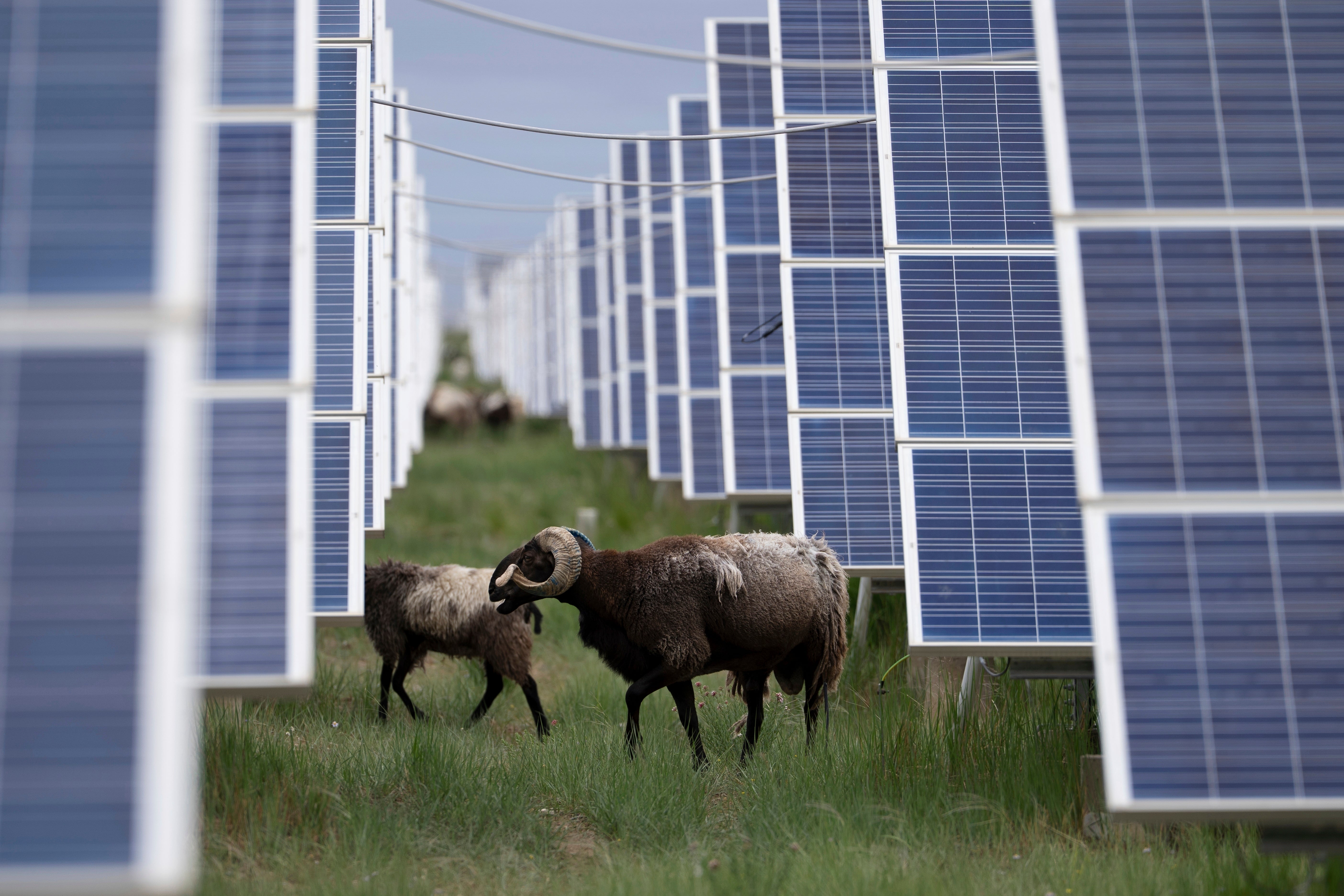Chinese officials recently unveiled plans for what they claim will be the world’s largest solar farm, spanning an immense 610 square kilometres (235 square miles) – roughly the size of Chicago – on the Tibetan plateau.
This ambitious project underscores China’s blistering pace of solar panel installation, significantly outstripping global efforts, with these investments now beginning to yield tangible results.
A recent study revealed the country’s carbon emissions fell by 1 per cent in the first half of the year compared to the same period last year, continuing a positive trend observed since March 2024.
This suggests China’s carbon emissions may have peaked considerably earlier than its government’s 2030 target.
However, as the world’s largest emitter of greenhouse gases, China faces the imperative to reduce these emissions far more drastically to contribute effectively to slowing global climate change.
Lauri Myllyvirta, lead analyst at the Centre for Research on Energy and Clean Air and author of the study, highlighted that achieving China’s declared goal of carbon neutrality by 2060 would necessitate an average 3 per cent annual reduction in emissions over the next 35 years.
“China needs to get to that 3 per cent territory as soon as possible,” Mr Myllyvirta stressed.
China’s emissions have fallen even as it uses more electricity

China’s emissions have fallen before during economic slowdowns.
What’s different this time is electricity demand is growing — up 3.7 per cent in the first half of this year — but the increase in power from solar, wind and nuclear has easily outpaced that, according to Myllyvirta, who analyses the most recent data in a study published on the UK-based Carbon Brief website.
“We’re talking really for the first time about a structural declining trend in China’s emissions,” he said.
China installed 212 gigawatts of solar capacity in the first six months of the year, more than America’s entire capacity of 178 gigawatts as of the end of 2024, the study said.
Electricity from solar has overtaken hydropower in China and is poised to surpass wind this year to become the country’s largest source of clean energy. Some 51 gigawatts of wind power was added from January to June.
Li Shuo, the director of the China Climate Hub at the Asia Society Policy Institute in Washington, described the plateauing of China’s carbon emissions as a turning point in the effort to combat climate change.
“This is a moment of global significance, offering a rare glimmer of hope in an otherwise bleak climate landscape,” he wrote in an email response. It also shows that a country can cut emissions while still growing economically, he said.
But Li cautioned that China’s heavy reliance on coal remains a serious threat to progress on climate and said the economy needs to shift to less resource-intensive sectors. “There’s still a long road ahead,” he said.
One solar farm can power 5 million households

A seemingly endless expanse of solar panels stretches toward the horizon on the Tibetan plateau. White two-story buildings rise above them at regular intervals. Sheep graze on the scrubby vegetation that grows under them.
Solar panels have been installed on about two-thirds of the land. When completed, it will have more than 7 million panels and be capable of generating enough power for 5 million households.
Like many of China’s solar and wind farms, it was built in the relatively sparsely populated west. A major challenge is getting electricity to the population centers and factories in China’s east.
“The distribution of green energy resources is perfectly misaligned with the current industrial distribution of our country,” Zhang Jinming, the vice governor of Qinghai province, told journalists on a government-organised tour.
Part of the solution is building transmission lines traversing the country. One connects Qinghai to Henan province.

Two more are planned, including one to Guangdong province in the southeast, almost at the opposite corner of the country.
Making full use of the power is hindered by the relatively inflexible way that China’s electricity grid is managed, tailored to the steady output of coal plants rather than more variable and less predictable wind and solar, Myllyvirta said.
“This is an issue that the policymakers have recognised and are trying to manage, but it does require big changes to the way coal-fired power plants operate and big changes to the way the transmission network operates,” he said. “So it’s no small task.”


